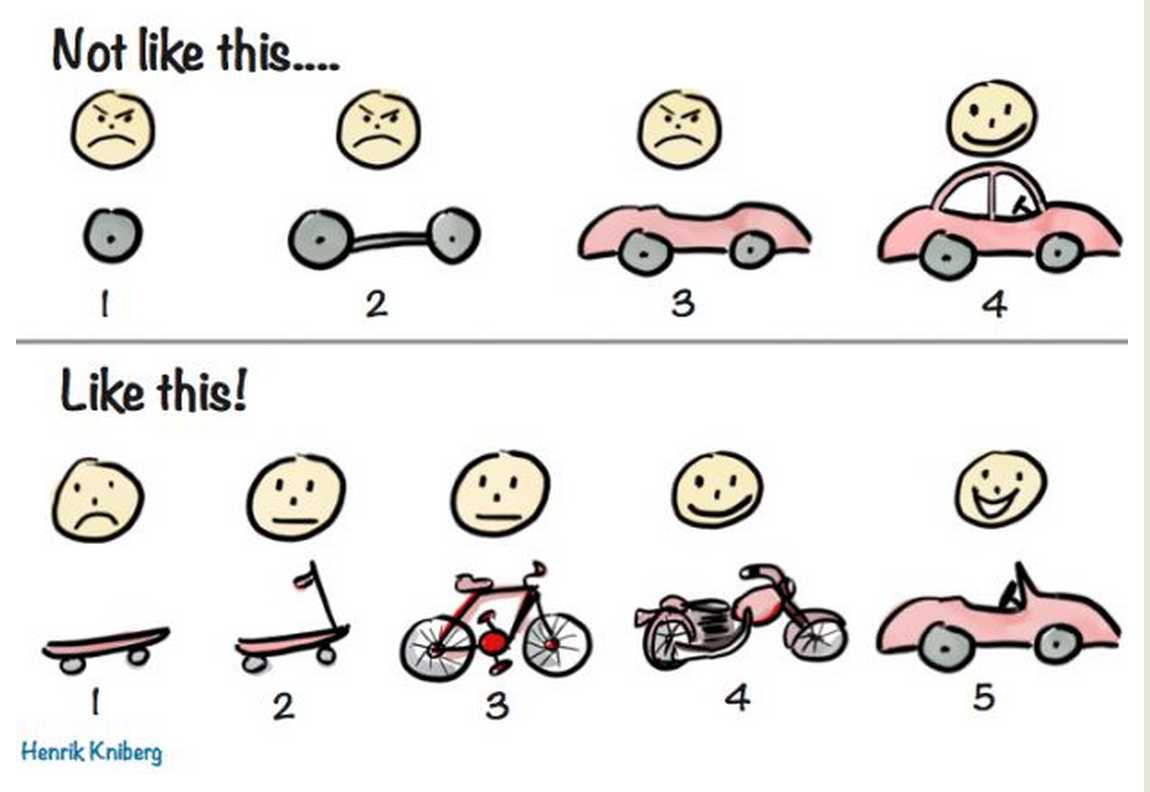tecznotes
Michal Migurski's notebook, listening post, and soapbox. Subscribe to ![]() this blog.
Check out the rest of my site as well.
this blog.
Check out the rest of my site as well.
Dec 30, 2014 7:05am
2015 fellowship reader
The 2015 Code for America fellows show up next week from all over. In 2013, CfA published the book Beyond Transparency. I heard from last year’s class that many had read it cover-to-cover before starting. So, we gathered-I-mean-curated a pile of essays and blog posts on design, culture, and code, assembled them into a 400 page reader, and shipped one to each of our 24 incoming fellows.
We included gems like Leisa Reichelt’s Help Joy Help You, Dan Milstein’s Coding, Fast and Slow, the GDS banned words list, timeless design classic Deep Inside Taco Bell’s Doritos Locos Taco, and dozens of other bits of propaganda that we thought might come in handy this year.
We assembled the materials via Github and delivered scrubbed HTML files. Interior design was handled by Noel Callego via oDesk, and I made the cover. Lulu.com did the printing; overall turnaround was a little over three weeks for design, printing, and shipping.
Here are some photos by Frances:
Dec 9, 2014 7:28am
bike ten: schwinn touring
Between the yellow cargo bike and the green commuter bike, I have a mid-90s Trek that I use for errands around town. It’s not very interesting, so it’s time to replace it with a new project like the others.
Earlier in the fall, I picked up this 1985 Schwinn Tour De Luxe frame:
Here it is in its original glory, minus the Surly fork and Box Dog sticker. I’m borrowing a page from the religious fervor for agile/lean development process at work and building this one up starting with the pile of bike parts I already have in the garage.
I had to pick up the stem, front wheel, brake levers, and backwards-mounted bullhorn handlebars. Everything else is from other bike projects. I’ve started riding it a bit this week, and I’m really happy with the stiff frame and upright riding position. I did find one problem with the rear brake bosses: one of them is slightly loose, so I’m using a caliper brake instead of a cantilever until I can get a welder to help.
The back wheel is clearly about to fall apart. I want to replace it with an internally-geared hub, probably one of the Sturmey-Archer 5-speeds that can fit in the 126mm of rear spacing.
Dec 3, 2014 5:37am
more open address machine
I spent a substantial portion of Thanksgiving break working on Openaddresses Machine and publishing new data to data.openaddresses.io. Introducing any kind of reliable automation to a process like this is going to be a bumpy ride.
I like Ivan Sagalaev’s take:
Ever since I made an automatic publishing infrastructure for highlight.js releases… there wasn't a single time when it really worked automatically as planned!
There was always something: directory structure changes that require updates to the automation tool itself, botched release tagging, out of date dependencies on the server, our CDN partners having their own bugs with automatic updates, etc. … You can't really automate anything. You just shift maintenance from your thing to your automation tools. But! It still makes sense because by introducing automation you can do more complex things at the next level and keep maintenance essentially constant.
So that’s where the non-daylight hours of my holiday weekend went: shifting maintenance from the thing to the automation tool so OA can do more complex things. Previously, I was running the OA data process using a multi-step process:
- Start up a new EC2 server, stepping through the console wizard.
- Clone the machine code to the new server.
- Run chef to install all the pieces.
- Run openaddr-process and wait until it completes.
- Kill the server.
I’ve introduced a new script, openaddr-ec2-run, that pulls the steps above into just one, and learned a bunch of annoying things along the way.
On Monday, I encountered the excitement of Ruby dependency hell (“either you or the maintainer of a gem you depend on will fuck up the dependencies at some point”) for the first time when Opscode released ohai 7.6.0 and ruined a bunch of people’s days. Running an automation process that relies on external services like RubyGems or NPM can be a risky business, but on balance I prefer this type of risk to the delaying strategy of virtualual images, Docker, and friends. It’s a way to keep maintenance constant as Ivan says. Opscode fixed the problem, I removed my workaround, and only my already-frayed trust in the Ruby ecosystem was harmed.
Today, I encountered a set of finicky NPM issues connected to machine’s use of EC2’s user data shell scripts. iconv, or really node-gyp I guess, really wants HOME to be present in the environment variables and will not build if it’s not found. Fixing this took a bit of debugging with env, and I discovered some more Ruby derp along the way:
This error happens because { } has two different meanings in Ruby: Hash value expressions and method blocks. If a procedure is called in poetry mode (no parens) then there is an ambiguity if the parser encounters a { after a method name.
“Poetry mode” is a thing in Ruby, and it will fuck your shit up because Matz didn’t read PEP 20:
There should be one - and preferably only one - obvious way to do it.
Anyway.
Boto and Amazon Web Services are blessedly stable; I was able to copy-paste code from three years ago and have it just work to guess a reasonable EC2 spot request bid and start up a server instance. One interaction I introduced was the result of finding a runaway 8xlarge EC2 instance from earlier this month that I had forgotten about and continued to pay for (it adds up): the instance terminates itself when it’s done, the run script monitors the instance on a loop, and canceling the script with a KeyboardInterrupt at any point will immediately terminate the instance and cancel the reservation. Just because a computer is in the sky doesn’t mean I don’t want a convincing illusion of running it in my own terminal.





